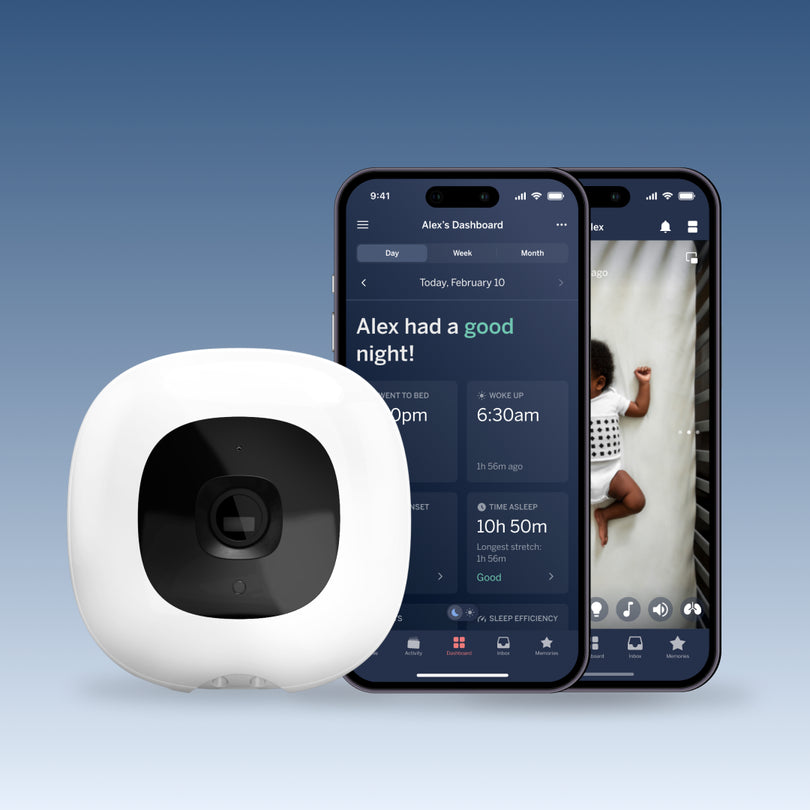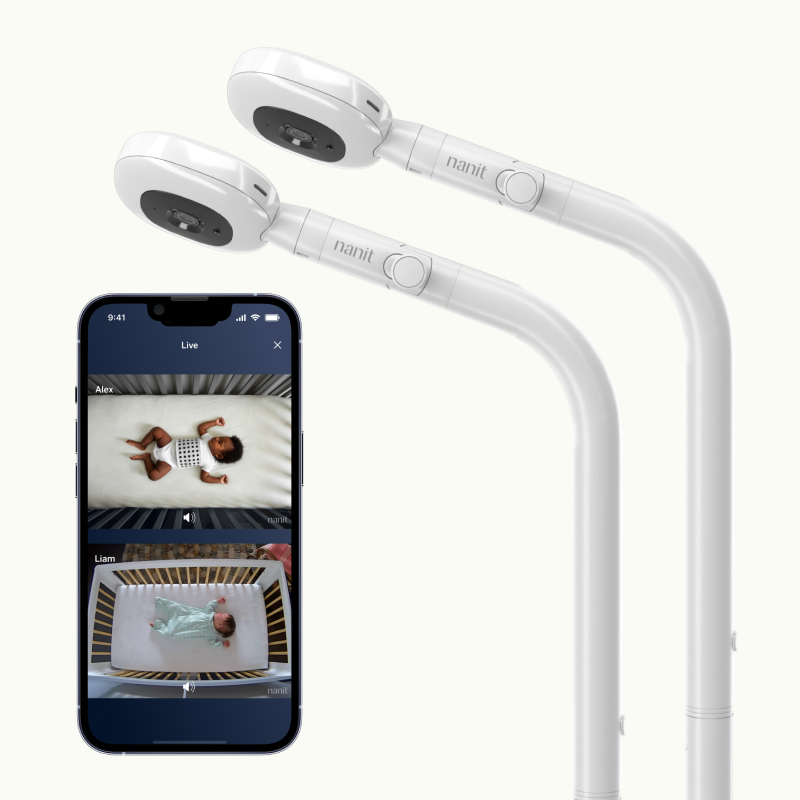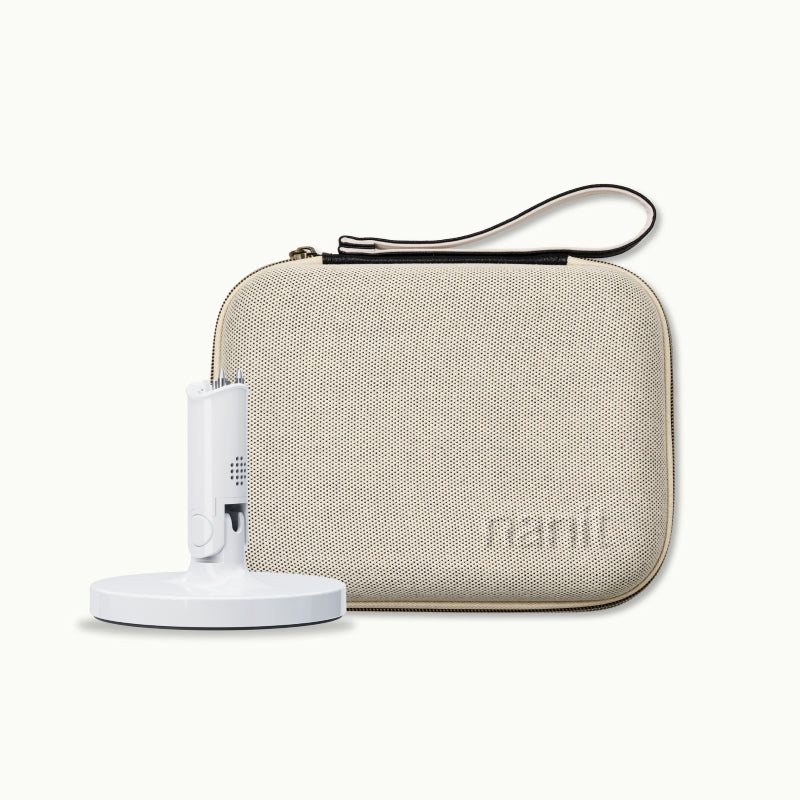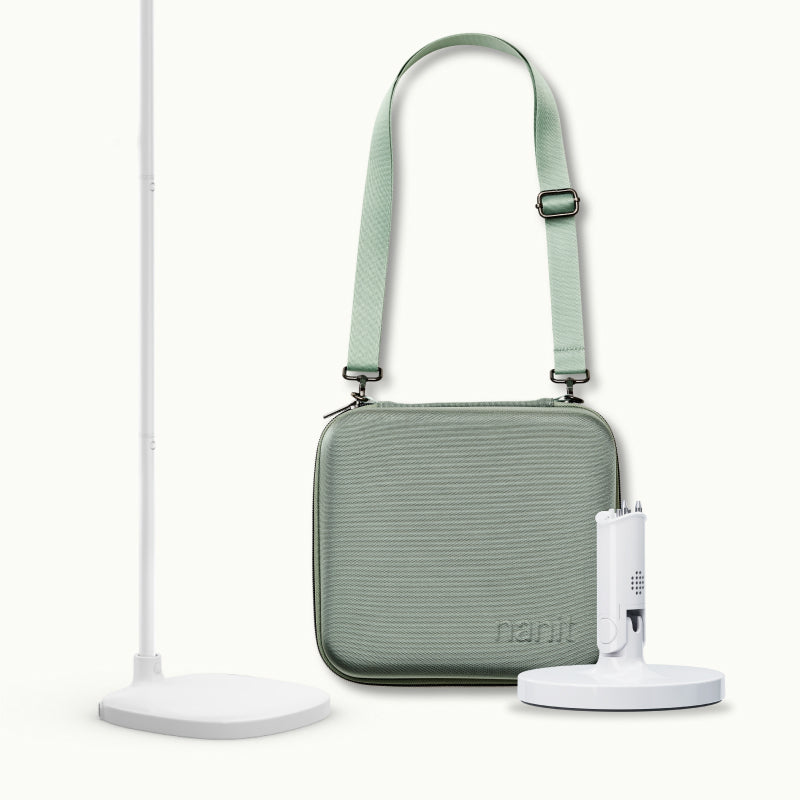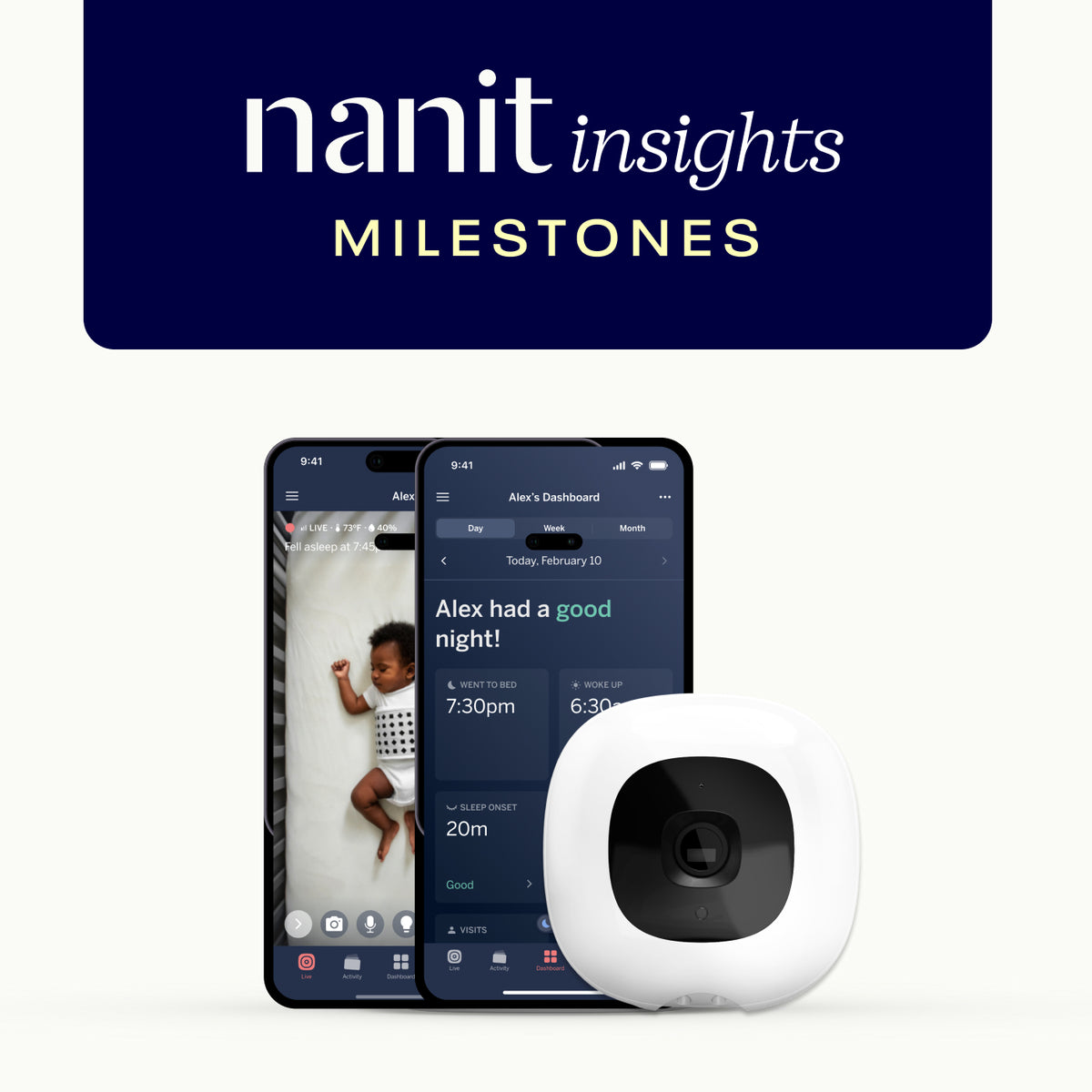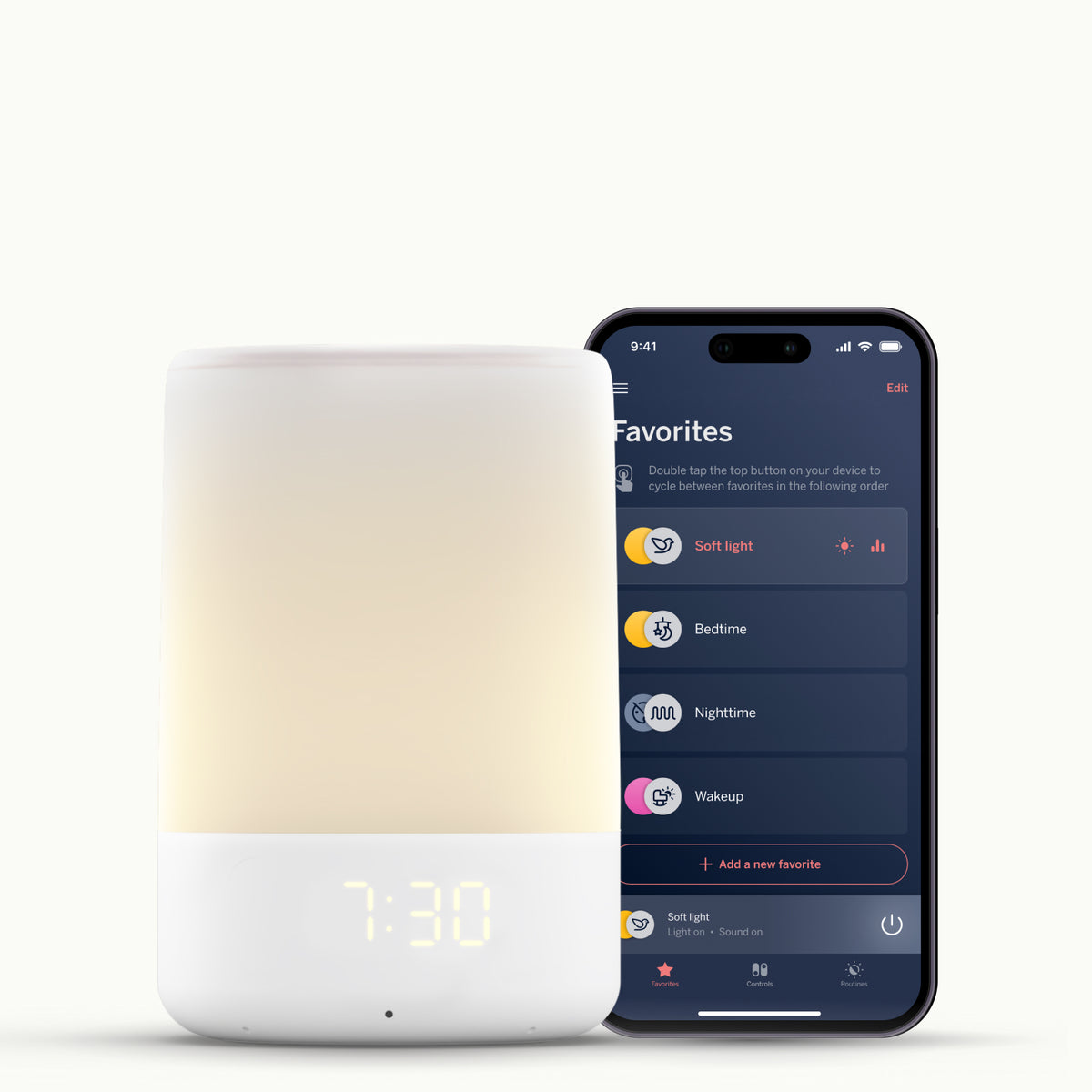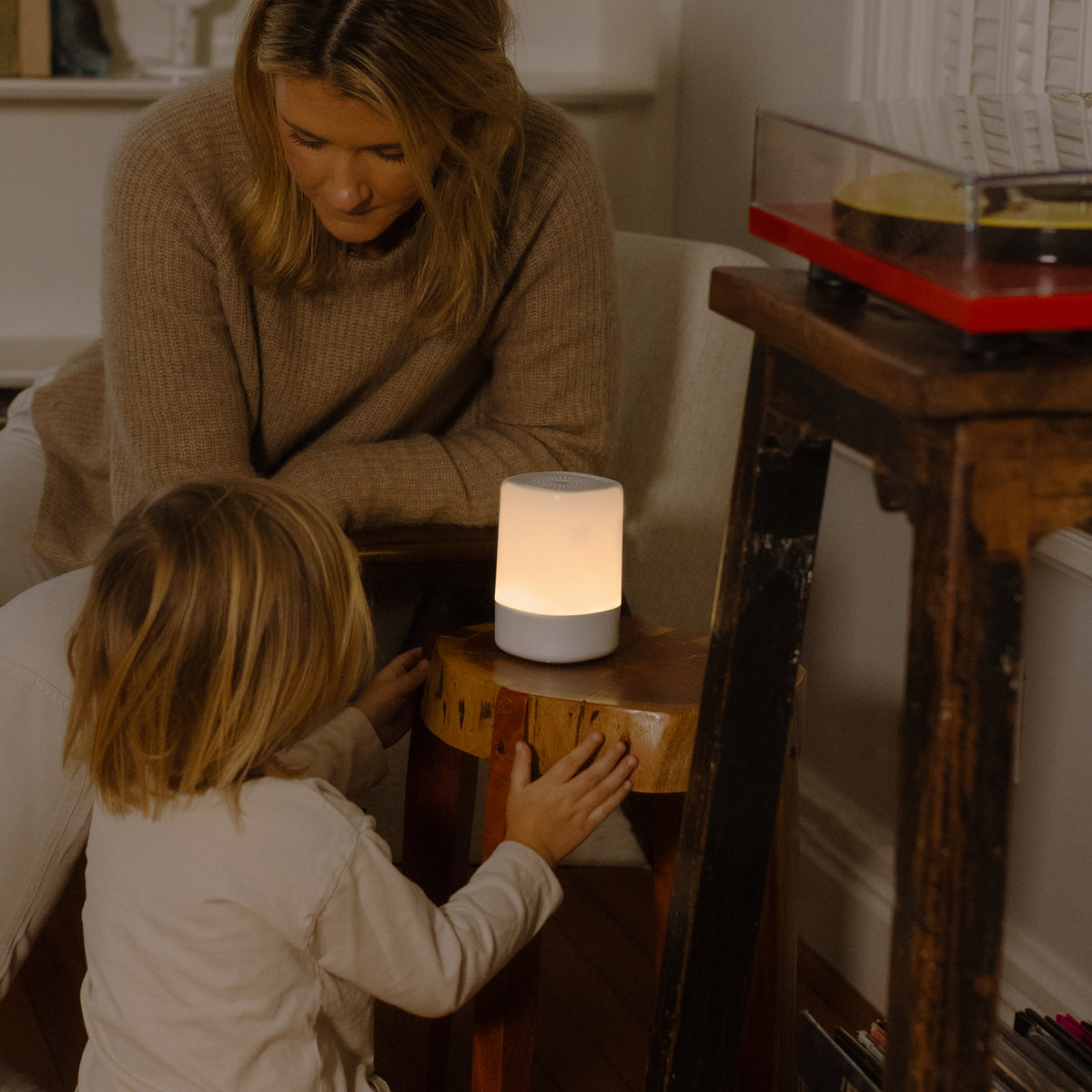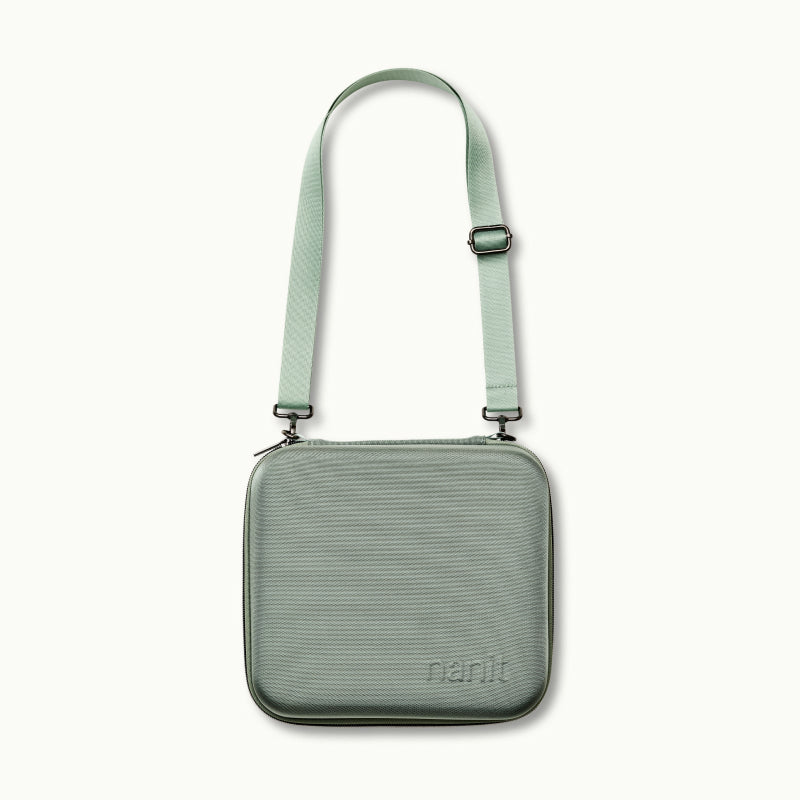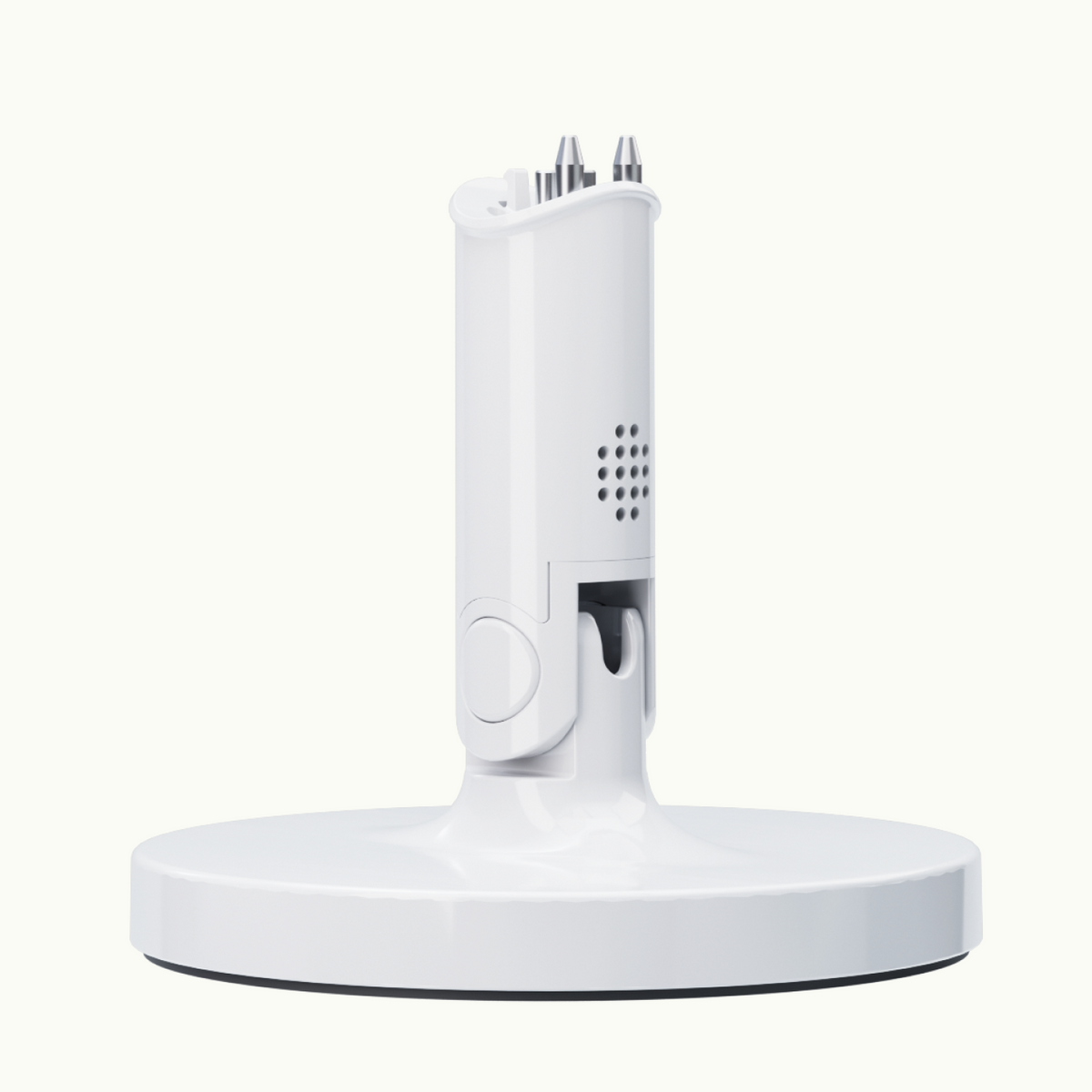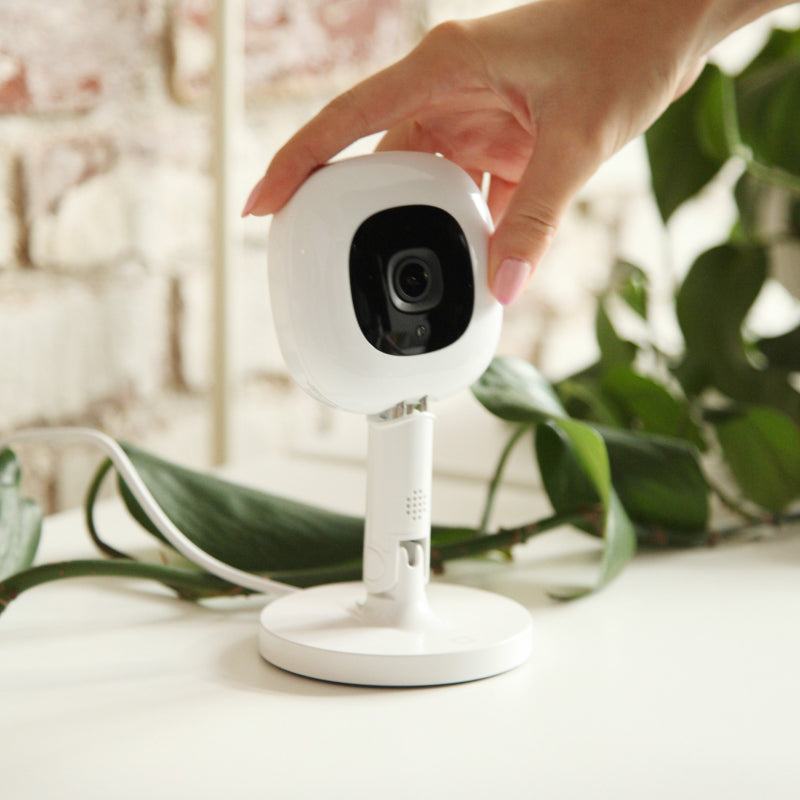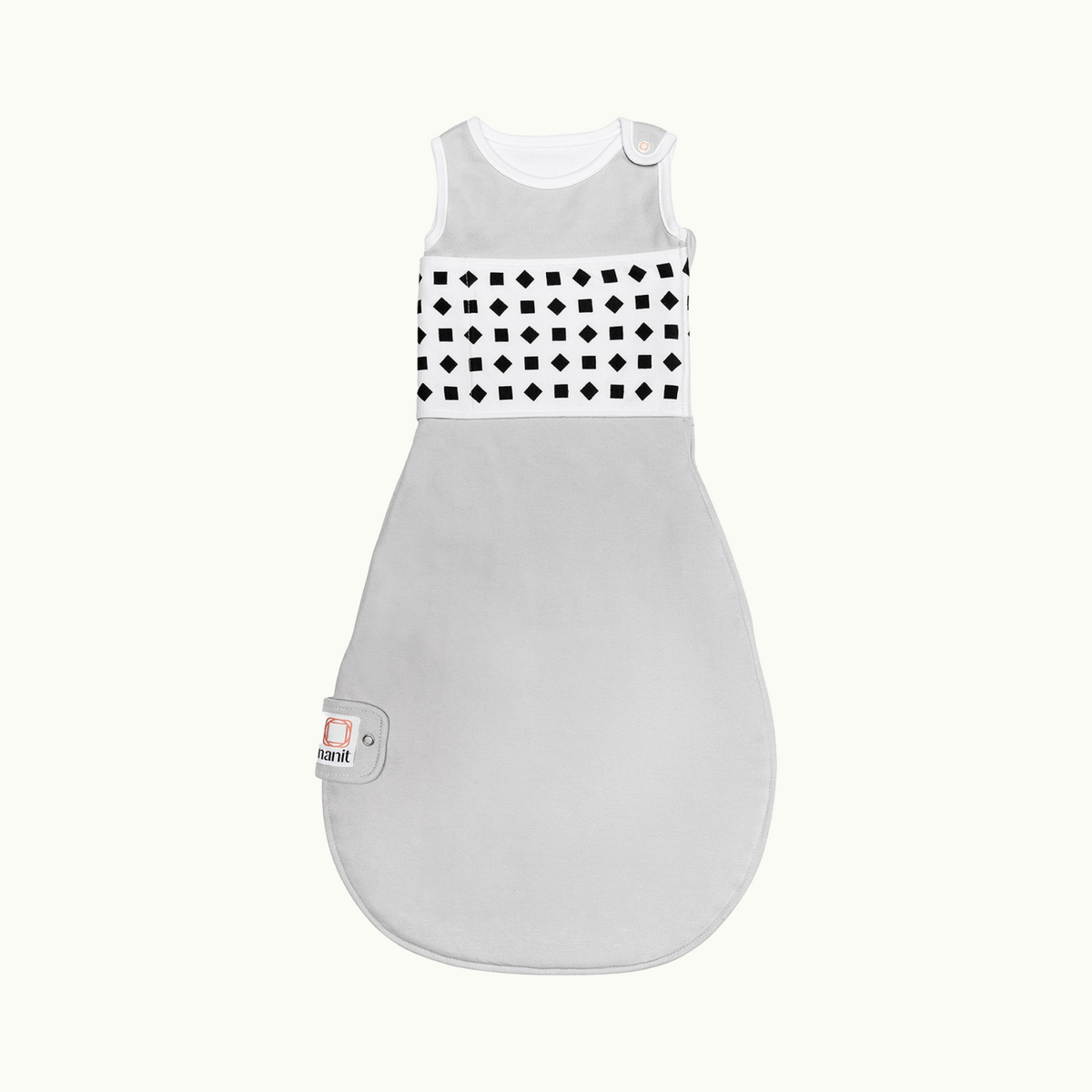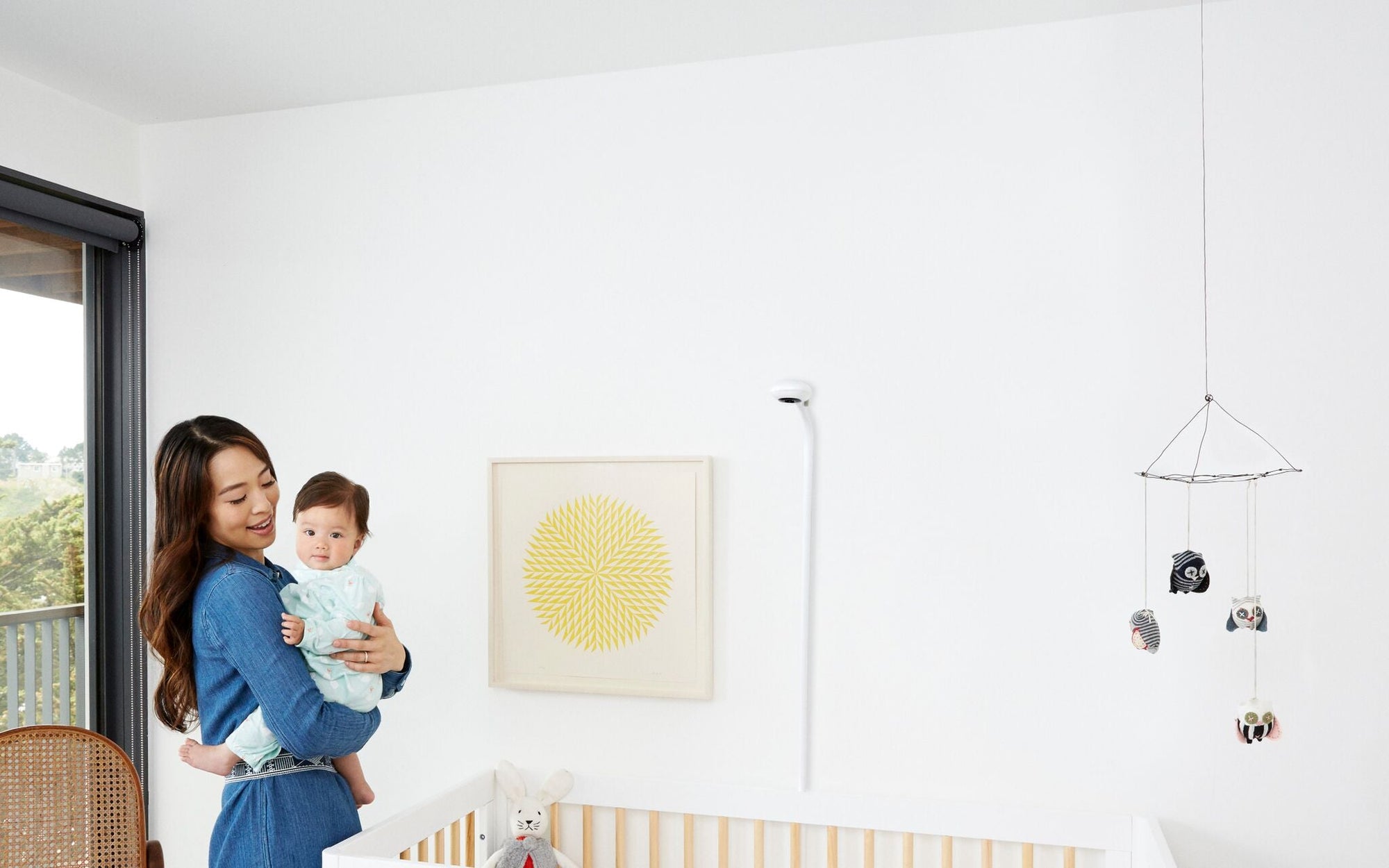For most parents of infants, getting a full night’s sleep would be a dream. Though that’s the idea behind dream feeding, the name refers to the practice of feeding your baby while they’re still half-asleep. Until they’re about nine months old, most infants can’t sleep through a whole night without feeding. That’s why some parents take to feeding after their baby has been asleep for a while, just before they go to bed. If the technique works for your baby, they’ll snooze soundly with a full belly, experiencing the feeding as if were nothing more than a pleasant dream.
What Is Dream Feeding?
In a best case scenario, a parent would — very quietly and gently! — tiptoe into the baby’s room around 10 or 11 p.m., a few hours after the baby was put down for the night. Then the parent would wake the baby only enough so that they could feed, but not so much that the baby wouldn’t be able to doze off immediately afterward.
Hopefully, both parent and baby will then be able to sleep through the rest of the night, without those pesky feedings in the wee hours. Babies who tolerate dream feedings may not even open their eyes during the meal; they’ll perk up just enough to accept the food, and then doze off as if it never happened.
As with any feeding, you’ll want to make sure your baby is situated with his head lifted comfortably so he can swallow. There may be a fine here between waking your baby enough so he can feed, but not so much that the feeding lifts the haze of sleep. Dream feeding can be done by bottle or breastfeeding.
If your baby doesn’t take to dream feeding right away, you can try to increase their middle-of-the-night appetite by decreasing the size of their last meal of the day, or moving it a bit earlier in the evening.
When to Stop Dream Feeding?
At some point, your baby will probably begin to sleep soundly through the night, a milestone that generally occurs from three to seven months. When they reach that point, the dream feed will become unnecessary, as it’s probably better to let the baby sleep if hunger is not waking them up. But if you’re dream feeding your baby, you may have a difficult time knowing for certain if they’ve reached the point of sleeping through the night on their own. Experts vary a bit on when parents might want to discontinue dream feeds, though that three-to-seven month window is probably a good starting point. Some experts believe dream feeding becomes unnecessary when babies begin eating solid foods, a process that begins around four to six months, as we’ve discussed elsewhere on this blog. If your baby doesn’t appear to want to wake up for the dream feed, that is probably a good sign that they don’t need it snooze until morning.
How to Stop Dream Feeding?
The how of discontinuing the dream feed might be as important as the when. Going cold turkey isn’t out of the question, but if you feel your baby needs an adjustment period, there are different ways to go. You may try by gradually decreasing the amount of food you give the baby during the dream feed, tapering it down until the amount is negligible. One expert recommends decreasing food by one ounce every few nights. The other main strategy is to move the time of the dream feed earlier every night or so. Eventually, the dream feed will coincide with the baby’s last meal of the day, and ta-da! You’ve now weaned your baby off the dream feed.
You might want to experiment with dropping the night feed before the dream feed — it’s just another one of many variables that could help you discover what works for your baby.
Is Dream Feeding Right For You?
That all depends. Dream feeding generally takes place in the first hours of a baby’s sleep, which is when they sleep most soundly, so there’s a risk of interrupting a deep sleep. That might be fine if your baby can fall right back asleep. But if a dream feed disrupts your baby’s sleep for the rest of the night, it may not be worth it.
Like so many aspects of parenting, it may take some experimentation, and trial and error, to find out if dream feeding works for you and your baby.






